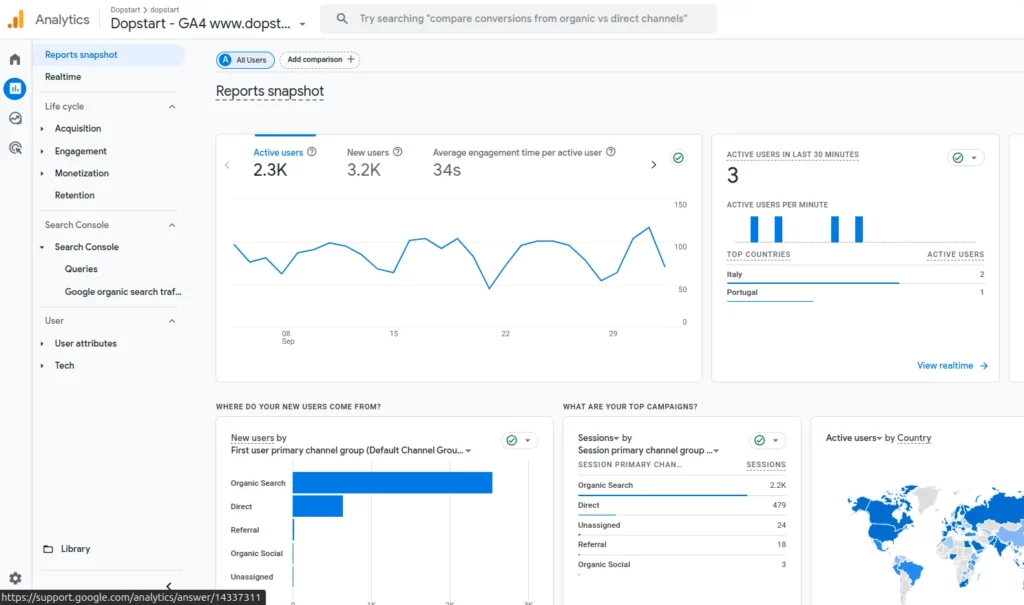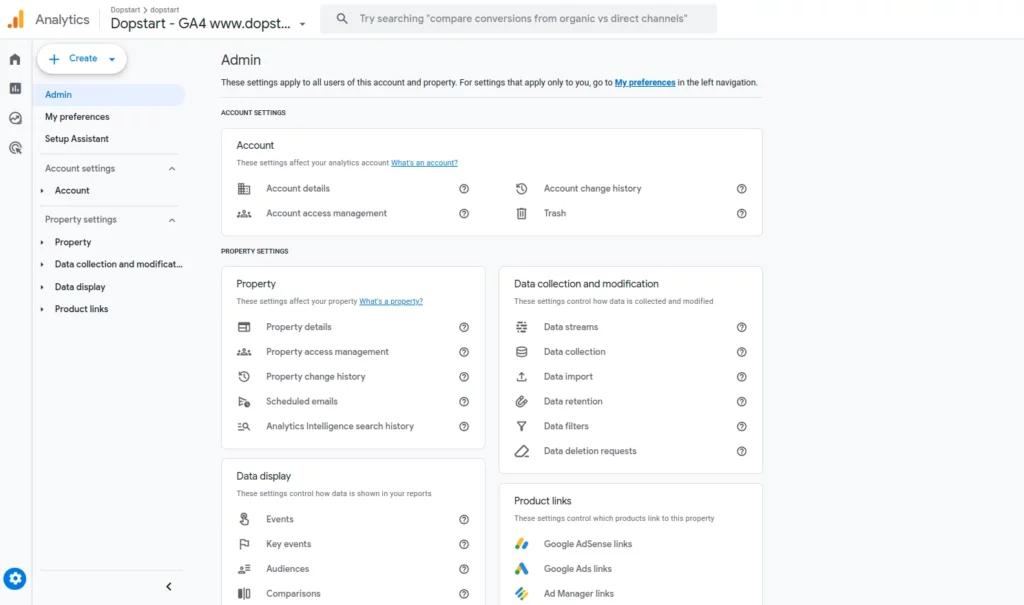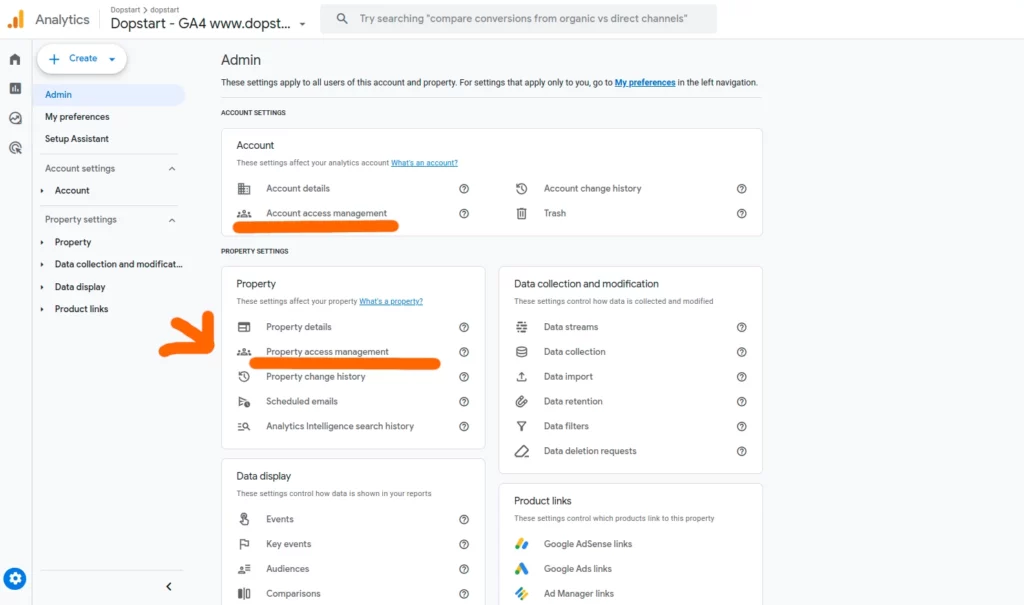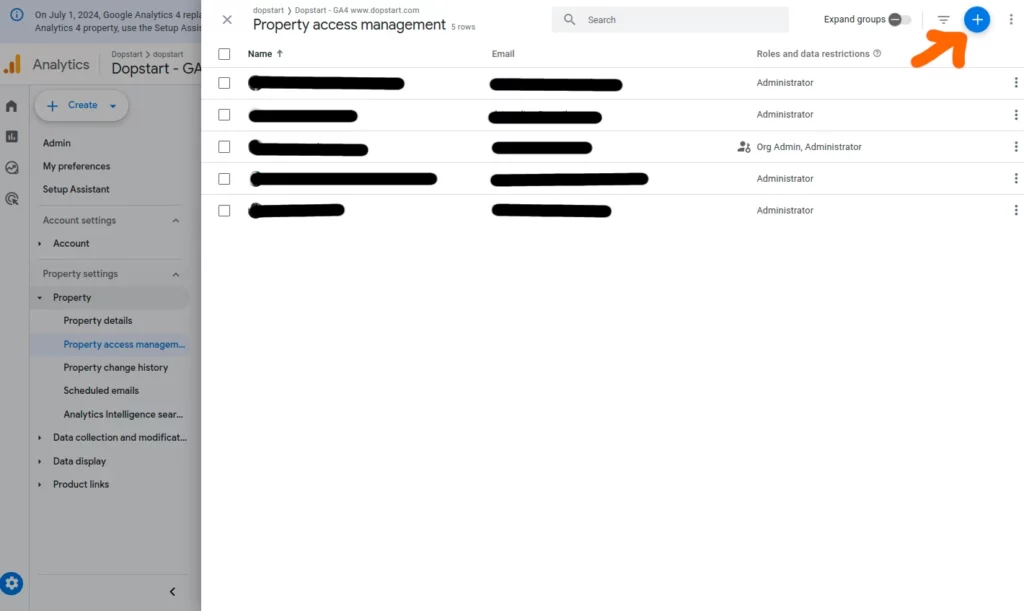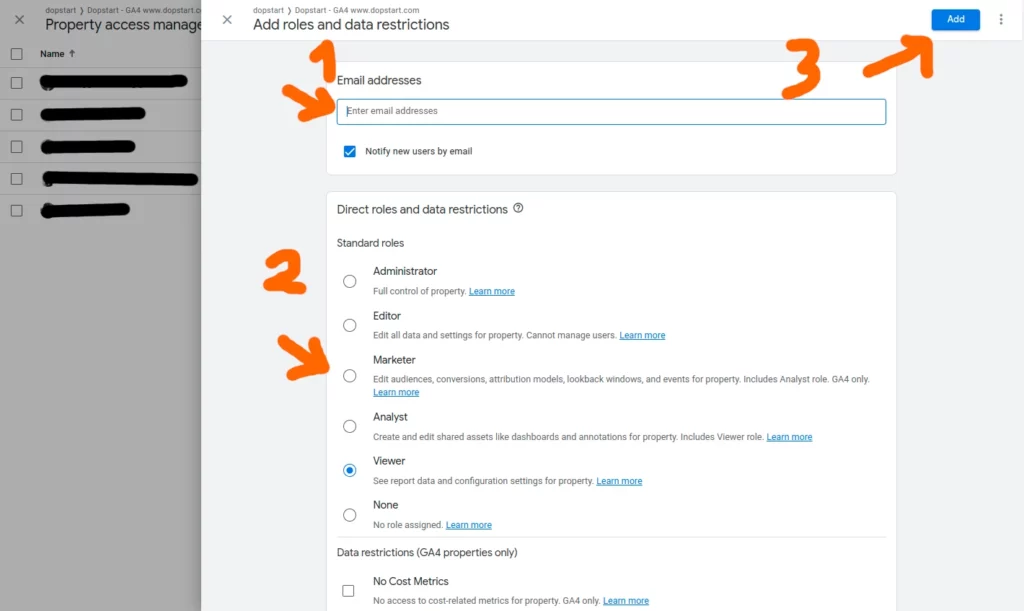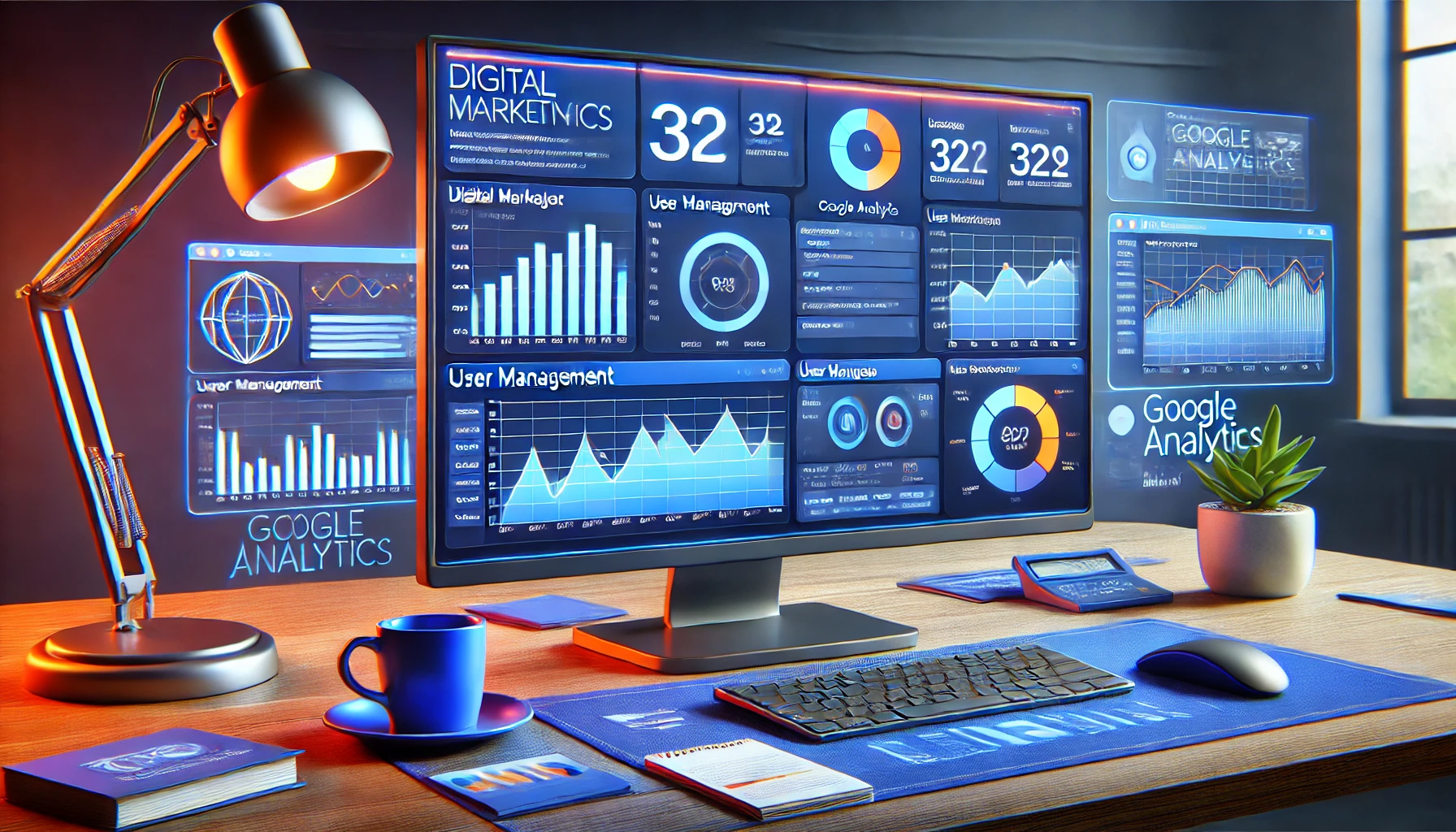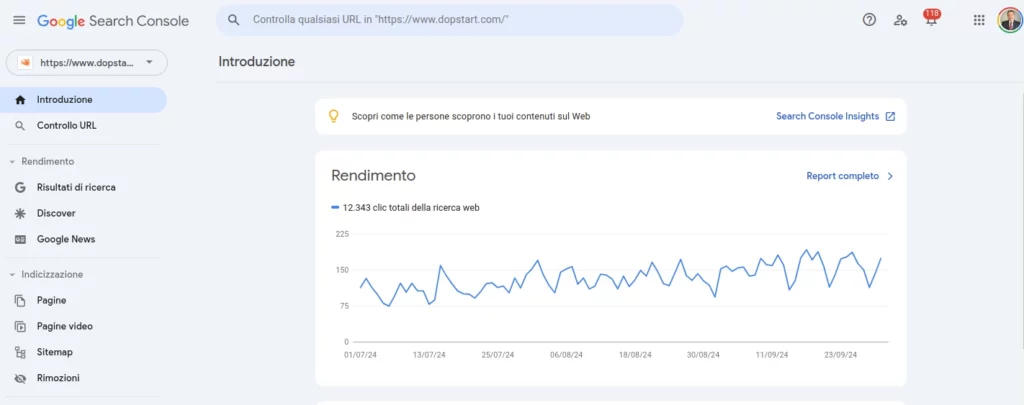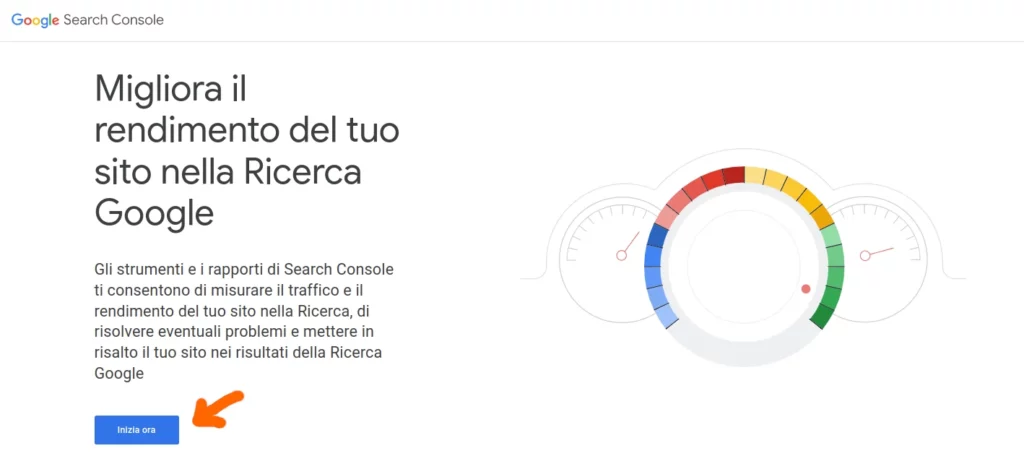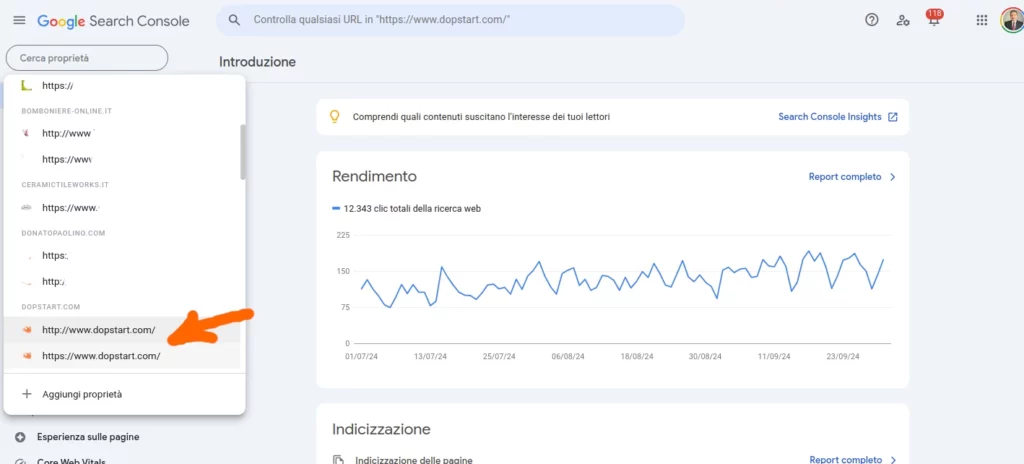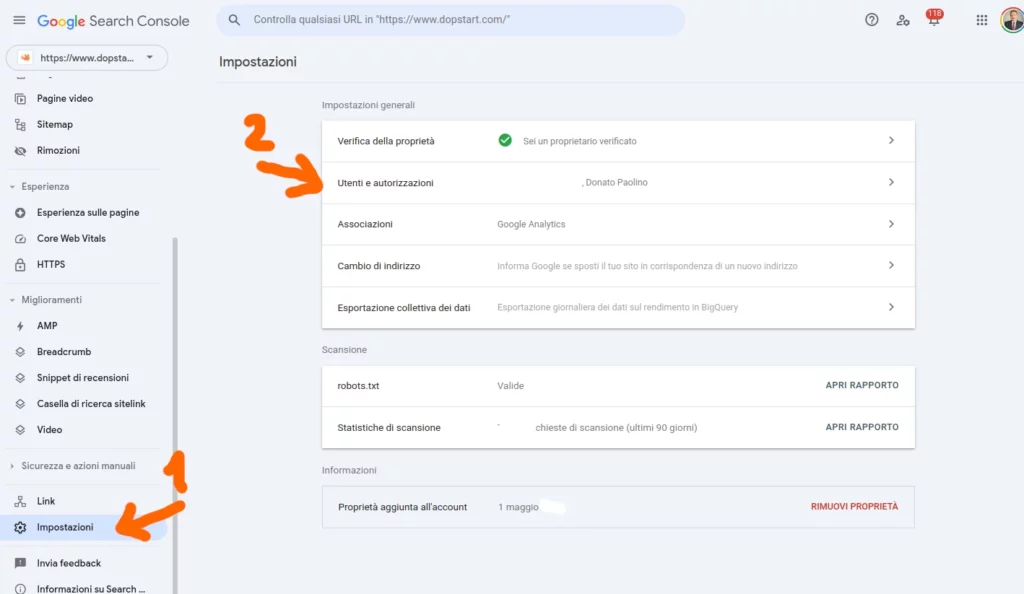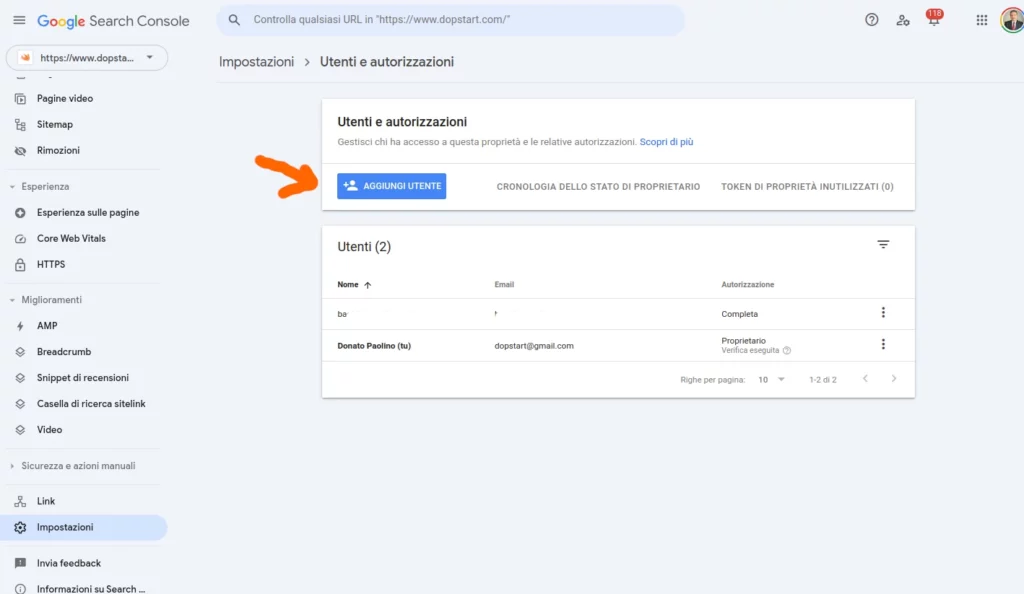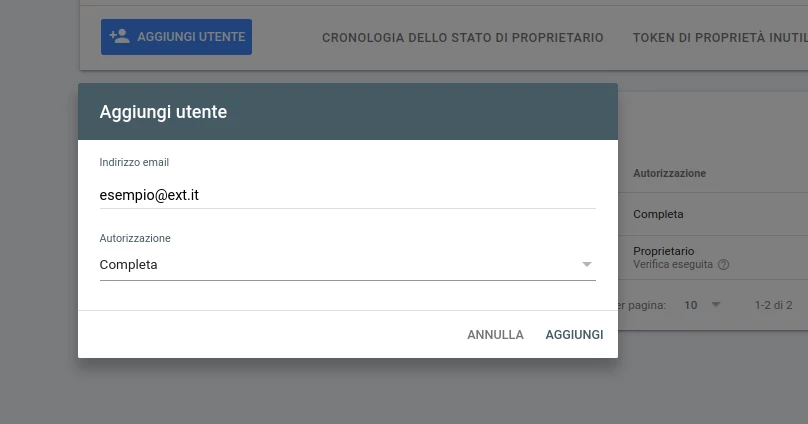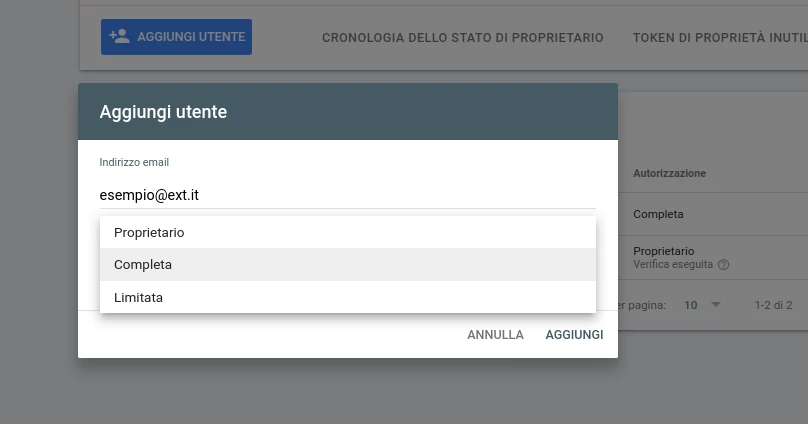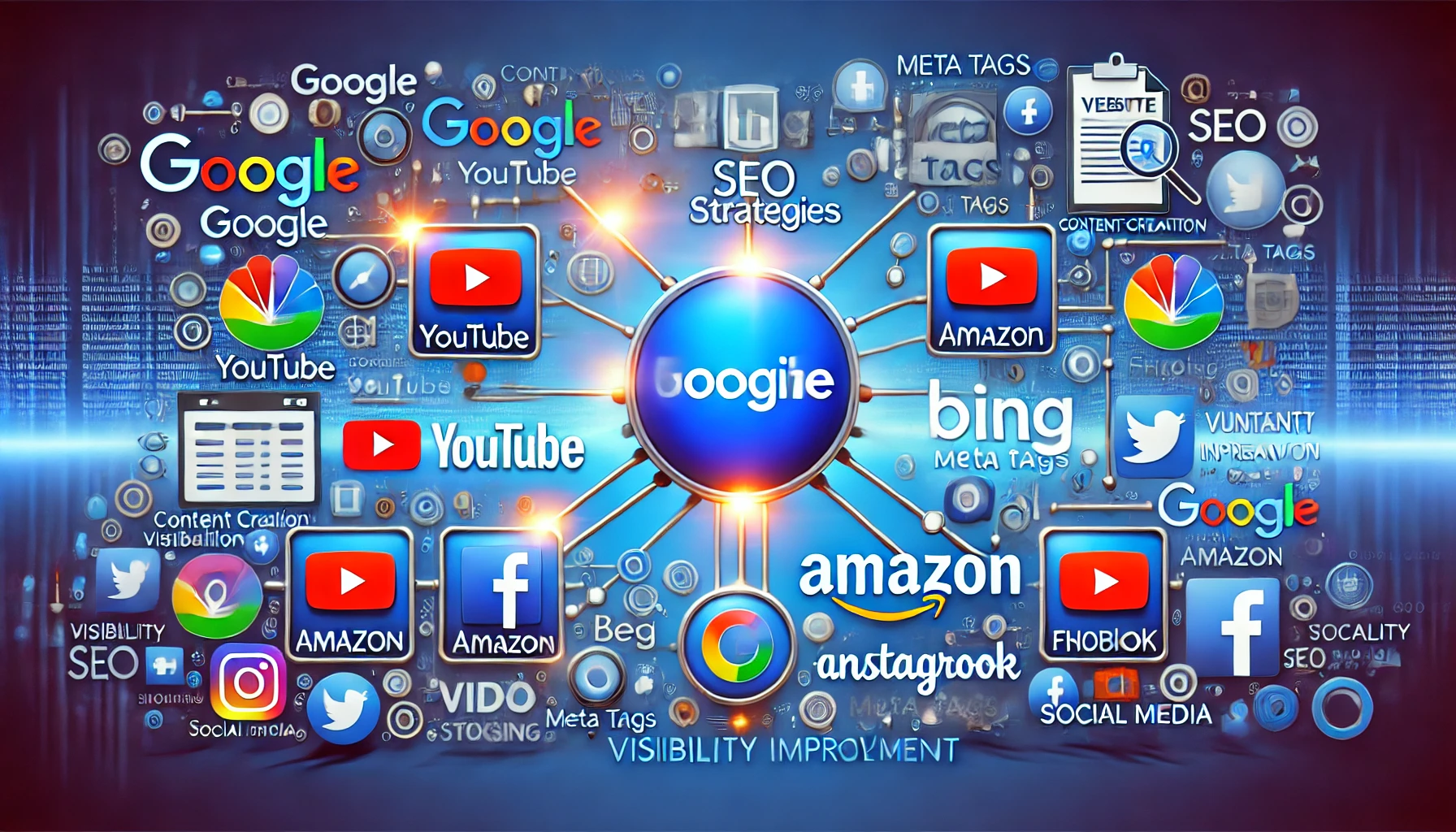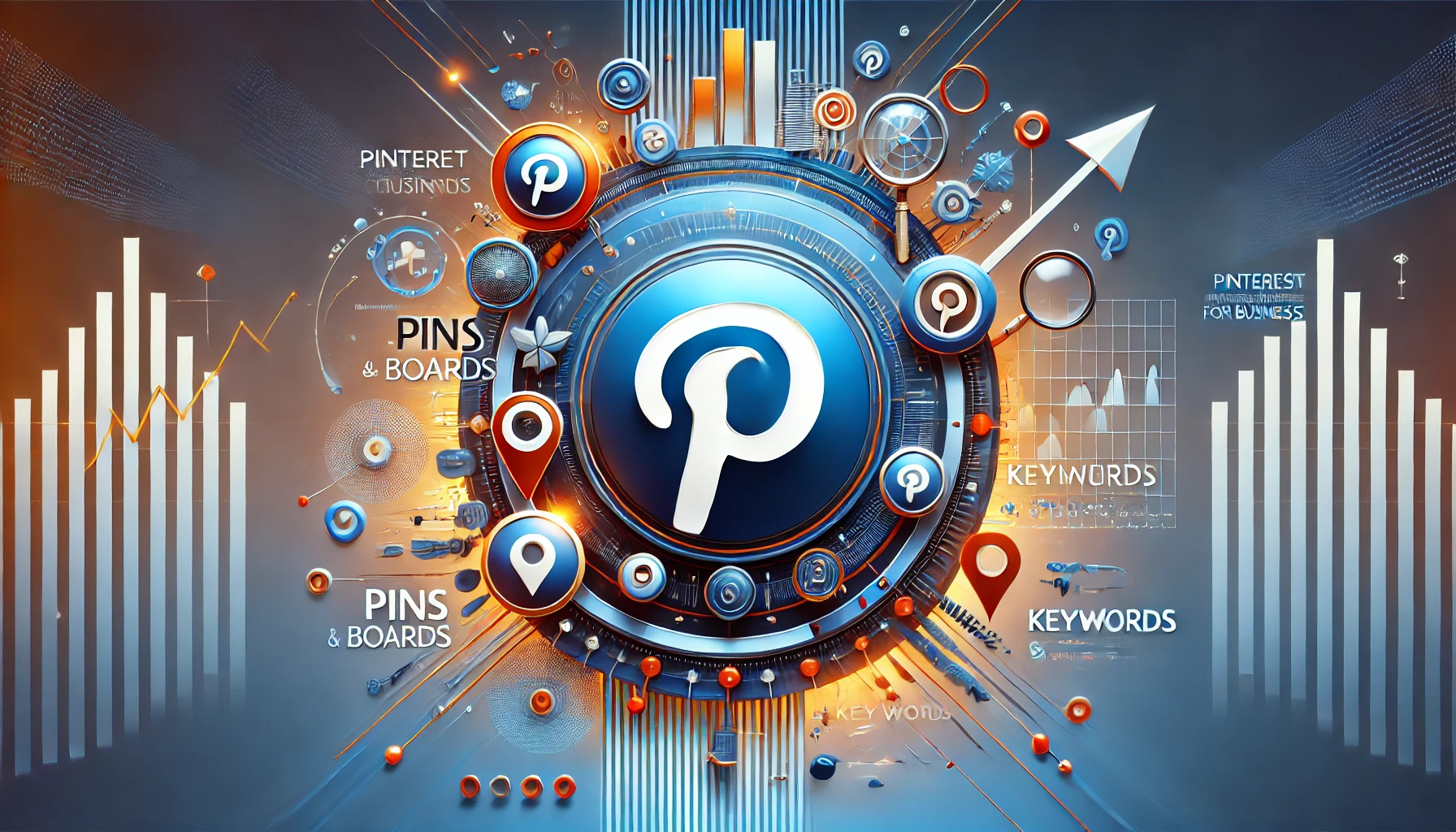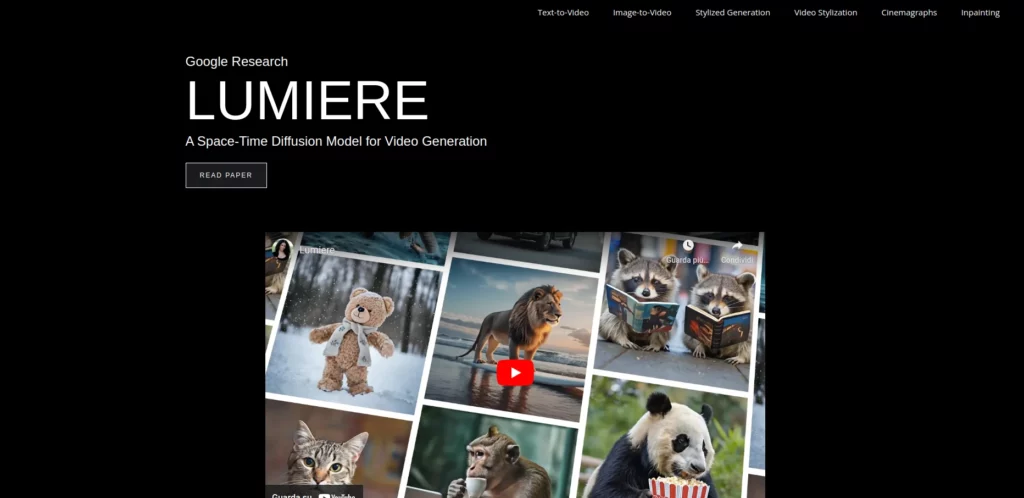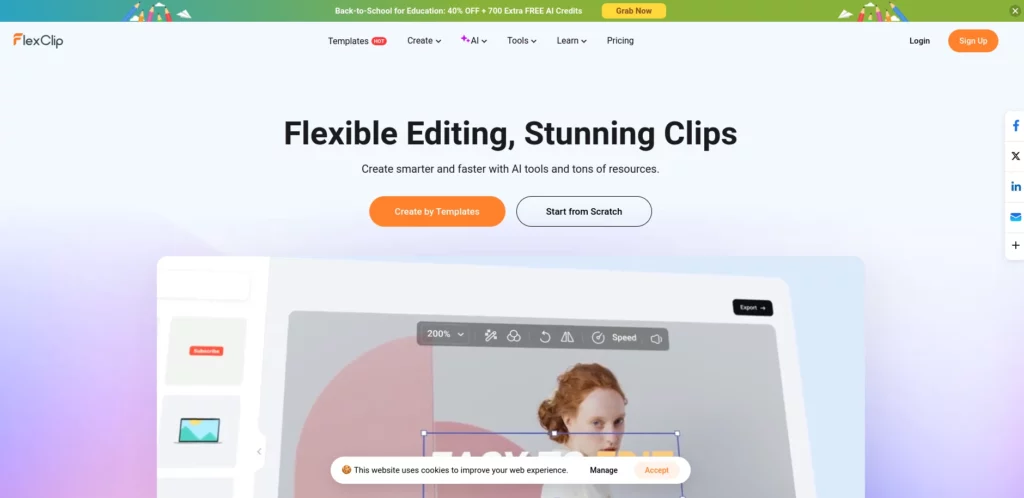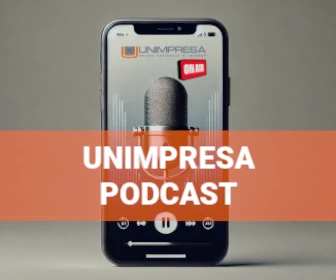Pinterest, with over 450 million monthly Pinterest users, is not just a visual discovery engine, but a powerful social media platform for businesses and marketers.
Leveraging the right Pinterest search optimization techniques can significantly enhance your visibility and engagement, helping you drive more traffic to your website, boost brand awareness, and ultimately grow your business.
In this article, we’ll explore the core strategies on how to optimize Pinterest for both personal use and business success.
Table of Contents
Understanding Pinterest Search Optimization
At its heart, Pinterest search optimization is about aligning your content with user intent. Pinterest operates more like a visual search engine than a traditional social platform, so mastering its SEO is key to getting discovered. This involves a mix of Pinterest SEO optimization, including using relevant keywords, crafting compelling pin descriptions, and ensuring your profile is designed to attract your target audience.
When users type a search term into Pinterest’s search bar, the platform’s guided search feature helps refine their search. Your goal is to make sure your pins, boards, and profile appear as relevant results in these searches. Achieving this requires understanding Pinterest’s algorithm, which prioritizes fresh content, keyword usage, and user engagement.
How to Optimize Pinterest for Business
Optimizing Pinterest for business involves a strategic approach to increase visibility, grow your follower base, and ultimately drive more traffic to your website. While Pinterest is a visually-driven platform, the success of your business profile hinges on understanding how to align your content with user searches, engage your audience, and leverage the tools Pinterest provides. Whether you’re a small business or a larger enterprise, here’s a deeper look at how to effectively optimize Pinterest for your business.
1. Set Up a Pinterest Business Account
The first step in how to optimize Pinterest for business is ensuring you have a Pinterest business account. A business account gives you access to essential tools like Pinterest Analytics, ads, and rich pins, which are not available with personal accounts. If you currently have a personal account, switching to a business account is simple, and the benefits far outweigh staying personal.
A Pinterest business account allows you to:
- Monitor performance with detailed analytics
- Create and track paid campaigns through Pinterest Ads
- Add types of rich pins, which provide extra information directly from your website
- Gain insights into audience demographics, engagement, and interests
By having a dedicated business account, you’ll have the tools to refine your content strategy and focus on what works best for your audience.
2. Claim Your Website
Claiming your website is a crucial part of how to optimize Pinterest for business. When you claim your website, Pinterest verifies your ownership, which helps build trust with your audience. This also unlocks advanced analytics that show you which pins are driving traffic to your site. Claimed websites also display your business logo on all pins that come from your site, which further increases brand visibility.
To claim your website:
- Go to your Pinterest settings
- Click “Claim” under “Claim Websites”
- Follow the instructions to add a meta tag or HTML file to your site
- Once verified, all pins from your website will include your profile picture and branding
This step not only helps with branding but also boosts the visibility of your content on Pinterest.
3. Optimize Your Pinterest Profile for SEO
Optimizing your Pinterest profile for SEO means ensuring that your profile is easily searchable by potential customers and includes the right keywords to appear in search results. This starts with your Pinterest bio. Your bio should include relevant keywords that describe your business and what users can expect from your content. If your business sells home decor, for instance, phrases like “affordable home decor,” “interior design tips,” or “DIY projects” could be valuable.
Key steps to optimize your Pinterest profile include:
- Profile name: Include your business name and a short descriptor (e.g., “BlueSky Designs – Home Decor Ideas”).
- Bio: Use relevant keywords in your bio. For example, “Helping you find stylish and affordable home decor. Follow us for the best DIY home projects and interior tips.”
- Profile picture: Use a recognizable logo or professional image that represents your brand.
By optimizing your profile, you’re making it easier for Pinterest users to discover your content both on and off the platform.
4. Create Keyword-Rich Boards
Your boards are an essential element of Pinterest search optimization. Each board should have a clear focus and a title that includes relevant keywords. For example, if you are a fashion retailer, you might have boards like “Summer Outfit Ideas” or “Winter Fashion Trends.” These keywords not only help users discover your boards but also inform Pinterest’s algorithm about what your content is about.
When organizing your boards:
- Use descriptive titles: Create board titles that clearly describe what users will find. Instead of generic names like “My Fashion Pins,” go for more specific titles such as “Summer Wedding Guest Outfits.”
- Add keyword-rich descriptions: In the board description, explain what the board contains using relevant keywords. For instance, “This board features trendy and affordable outfit ideas for summer weddings, including dresses, shoes, and accessories.”
- Organize boards strategically: Ensure your most important boards appear at the top of your profile. For businesses, this could be boards that showcase your most popular products or content, like a “Best-Selling Products” or “Top Blog Posts” board.
Properly categorized and keyword-optimized boards will ensure that both your profile and content surface in relevant searches.
5. Optimize Pinterest Pins for Maximum Engagement
When thinking about how to optimize Pinterest pins, it’s crucial to create visually appealing content that captures attention while also including SEO-friendly descriptions. Since Pinterest is a visual-first platform, the design and quality of your pins are critical to standing out in a crowded feed.
To optimize Pinterest pins:
- Design high-quality images: Use vertical images with a 2:3 aspect ratio, as these perform best on the platform. Ensure your pins are visually engaging, using bright, clean imagery that represents your brand’s aesthetic.
- Add descriptive text overlays: Include compelling text on your images to quickly communicate the value of your pin. For example, “10 DIY Home Decor Ideas” or “How to Style a Summer Dress.”
- Craft keyword-rich descriptions: Every pin you create should have a well-thought-out description that includes relevant keywords. For example, if you’re promoting a blog post about interior design trends, your description might be, “Discover the top 10 interior design trends for 2024. Learn how to style your home with affordable tips and tricks.”
- Use up to 100 characters for your descriptions: Short, concise descriptions often perform best. However, if necessary, you can extend to the full character limit (500 characters) for more detailed information.
- Add links: Make sure every pin links back to your website or a specific landing page. This is a crucial aspect of Pinterest marketing that helps drive traffic to your website.
Consistency is also key—pinning regularly (at least a few times a week) ensures that your content stays relevant and continues to show up in user feeds.
6. Leverage Rich Pins and Video Pins
Rich pins are an advanced feature available to Pinterest business accounts that pull data directly from your website, automatically updating content like prices, product details, or recipes without needing to edit the pin. Using types of rich pins—such as product pins, recipe pins, or article pins—gives your audience more information upfront, making your pins more engaging and useful.
Here’s why rich pins are essential for Pinterest SEO optimization:
- Product pins display real-time pricing, availability, and where to buy, which helps users make faster purchasing decisions.
- Recipe pins show ingredients and cooking instructions, making them more helpful for users looking for meal inspiration.
- Article pins are excellent for blog content, displaying the headline, author, and a summary. They help drive traffic directly to your blog posts.
Similarly, video pins are gaining popularity and can boost your engagement significantly. They allow for more dynamic storytelling, perfect for showcasing products, tutorials, or behind-the-scenes content.
To optimize video pins:
- Keep them short and engaging (15-30 seconds works best).
- Include a captivating thumbnail that entices users to click.
- Use titles and descriptions that include relevant keywords to appear in searches.
7. Engage with Your Audience and Use Pinterest Analytics
Pinterest is more than just a content-sharing platform—it’s about community building. Engaging with your audience by responding to comments, repinning user-generated content, and liking pins related to your niche can help increase your profile’s visibility.
Additionally, to fully optimize your Pinterest strategy, regularly reviewing Pinterest Analytics is key. This tool provides insights into your audience demographics, popular pins, and which boards are performing best. Use this data to refine your content and pinning strategy, ensuring you’re continuously optimizing based on what works best for your audience.
Key metrics to monitor:
- Impressions: How many times your pins were shown.
- Clicks: How often users clicked on your pin links.
- Saves: How many users saved your pins to their boards.
With this information, you can adjust your SEO strategy, tailoring your Pinterest marketing efforts to what resonates most with your followers.
Pinterest SEO Tips for Pins and Boards
To rank high on Pinterest, you need to optimize not just your profile but also your pins and boards. This includes everything from pin descriptions to board categorization. Here’s how:
- Optimize your pin description: Every pin has a description field where you should incorporate keywords naturally. Aim for around 100 characters, which is the sweet spot for conveying a clear message without overloading the user. Make sure the description is engaging, actionable, and directly relates to the pin.
- Use alt text for accessibility: Just like with images on websites, Pinterest allows you to add alt text to your pins. This feature makes your pins more accessible and can contribute to your overall SEO efforts.
- Create visually compelling pins: Pinterest is a visual platform, so the quality of your images matters. Use high-resolution images, clear text overlays, and cohesive branding to make your pins stand out. This encourages more clicks and saves, which in turn signals Pinterest to show your pins to more users.
- Experiment with video pins: Video content performs exceptionally well on Pinterest, offering a dynamic way to showcase your products, tutorials, or ideas. Video pins are particularly favored by Pinterest’s algorithm and can help you appear in more search results. Aim for concise, engaging content that keeps users watching.
How to Optimize Pinterest for Driving Traffic
Pinterest can be a significant source of referral traffic to your website. With the right strategy, you can drive traffic to your website by ensuring your content is engaging and discoverable.
- Create board titles that include keywords: When setting up your boards, include keywords in both the title and description. For example, a board titled “Healthy Recipes for Busy Moms” will likely rank better than one called “My Favorite Recipes.”
- Post consistently: Pinterest favors accounts that post regularly, as it signals that your account is active and engaged. Consider using scheduling tools to maintain a steady stream of content without overwhelming your followers.
- Repurpose blog post content: If you’re already producing content for your website or blog, consider repurposing it into Pinterest-friendly formats. Break down key ideas, and create eye-catching pins that link back to your blog post for further reading.
- Engage with Pinterest users: Pinterest values user interaction, so respond to comments on your pins and engage with others’ content to boost your profile’s visibility. Building a community around your content can help grow your audience and increase engagement.
Developing a Pinterest SEO Strategy
Creating a solid Pinterest SEO strategy requires focusing on consistency, optimization, and understanding your audience. It’s not just about pinning more but pinning better.
- Track analytics: Pinterest provides a range of analytics tools that help you understand which pins are performing best, what your audience is engaging with, and where your traffic is coming from. Use these insights to refine your strategy over time.
- Use the guided search feature: Pinterest’s guided search shows trending keywords and related searches as you type. This tool is invaluable for finding relevant keywords to target in your descriptions and content.
- Leverage seasonal trends: Pinterest users often plan for future events, so aligning your content with seasonal trends or upcoming holidays can significantly increase your reach. Plan your content calendar around these key times, and optimize accordingly.
- Stay updated on Pinterest changes: Pinterest constantly updates its features and algorithm, so staying informed about new developments is crucial for maintaining a successful strategy.
Conclusion
Mastering how to optimize Pinterest can unlock enormous opportunities for brand growth, traffic, and engagement. By applying the right Pinterest SEO tips, optimizing your pins and boards, and consistently creating high-quality, relevant content, you’ll see a significant increase in your reach and website traffic. Whether you’re just starting or looking to enhance your Pinterest marketing efforts, focus on continuous improvement and staying attuned to what your audience wants.
Frequently Asked Questions (FAQs)
- What is Pinterest search optimization? Pinterest search optimization is the process of making your content more discoverable on Pinterest by using relevant keywords, optimizing pin descriptions, and engaging with your audience.
- How can I optimize my Pinterest profile? To optimize your Pinterest profile, claim your website, add keywords to your bio, and use a clear profile picture. Additionally, ensure that your boards and pins are well-organized and keyword-rich.
- Why should I claim my website on Pinterest? Claiming your website increases your credibility, allows you to access analytics, and ensures your pins from your website carry your branding.
- What are rich pins, and how do they help SEO? Rich pins automatically pull extra information from your website, making them more useful and engaging for Pinterest users. This can improve SEO and click-through rates.
- How can I use video pins to increase engagement? Video pins are a dynamic way to capture attention and are often favored by Pinterest’s algorithm. Use them to showcase tutorials, product features, or creative ideas.
- How often should I post on Pinterest? Consistency is key. Aim to pin regularly, at least a few times a week, to keep your account active and visible to Pinterest’s algorithm.
- What is guided search on Pinterest? Guided search is Pinterest’s feature that helps users refine their search queries by suggesting related terms. You can use these suggestions to discover relevant keywords.
- How long should my Pinterest pin descriptions be? Ideally, your Pinterest pin descriptions should be around 100 characters, incorporating relevant keywords without keyword stuffing.
- Can Pinterest help drive traffic to my website? Yes, Pinterest is a powerful tool for driving traffic to your website, especially when you optimize your pins, include relevant links, and use rich pins.
- What are the best types of content to post on Pinterest for businesses? Businesses should post a variety of content, including infographics, blog post summaries, product features, tutorials, and seasonal content.
